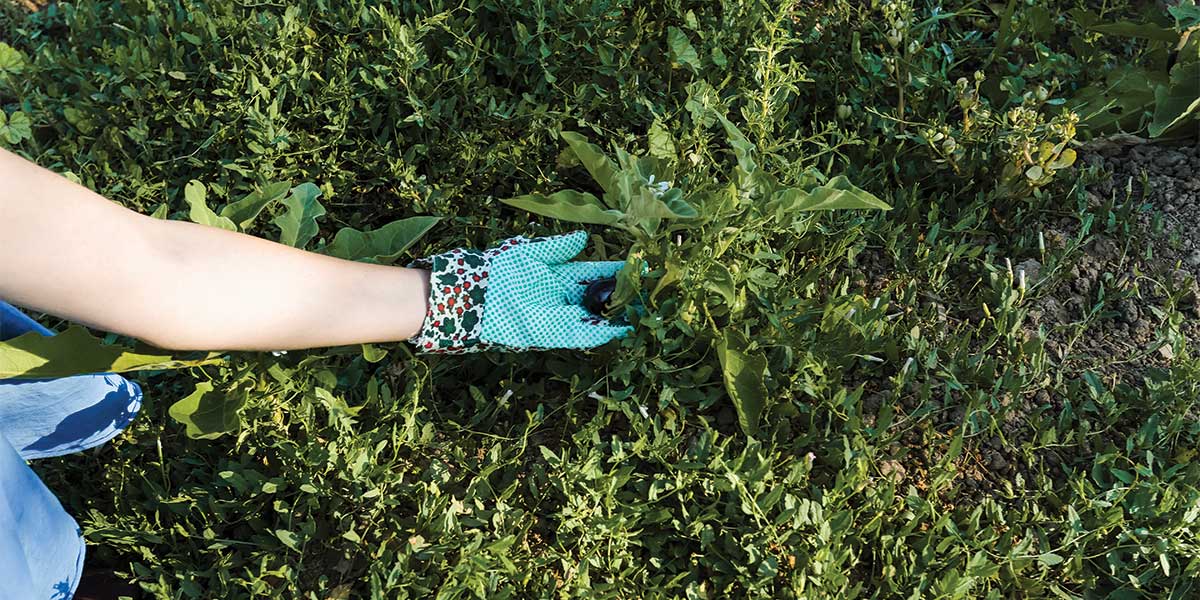Moss Control
Moss Control: A Comprehensive Guide for Commercial and Residential Spaces
Moss, with its velvety appearance, can be charming when intentionally cultivated in gardens. However, when it invades lawns, it signals underlying issues. In this guide, we explore the world of moss, its growth patterns, and effective strategies for controlling it. Whether you’re a homeowner or a commercial property manager, understanding moss control is essential for maintaining a healthy landscape.

What Is Moss?
Moss is a non-flowering plant that lacks true roots. Its shallow “roots,” called rhizoids, anchor it to various surfaces—rocks, bark, soil, and more. Moss thrives in moist or shady conditions, making it a common sight in lawns suffering from neglect or poor health. Unlike aggressive weeds, moss opportunistically establishes itself where grass struggles.
Why Does Moss Grow in Lawns?
Several factors contribute to moss growth in lawns:
- Lack of Care: Neglected lawns provide an ideal environment for moss.
- Excessive Shade: Shaded areas hinder grass growth, allowing moss to take over.
- Compacted or Poorly Draining Soils: Moss thrives in compacted or waterlogged soils.
- Low Soil Fertility: Weak grass encourages moss colonization.
- High or Low Soil pH: Extremes in soil acidity favor moss.
- Poor Air Circulation: Stagnant air promotes moss growth.
Control Methods
Raking (Scarifying)
- Moss lacks true roots, making it easy to remove with vigorous raking.
- Expect some grass to come out along with the moss, but grass should survive.
- Raking removes surface moss but may leave behind remnants and spores.
Chemical Moss Killers
- Ferrous Sulphate: Effective moss eradication method.
- Some products include fertilizers to boost grass vigor.
Moss Control Products
- Scotts 3-in-1 Moss Control Ready-Spray:
- Fast-acting formula for moss, algae, lichens, and liverworts.
- Non-staining and kills moss within hours.
- Connect to a garden hose and spray year-round.

Preventing Moss
- Improve Lawn Health:
- Regular mowing, proper watering, and aeration promote grass growth.
- Address soil compaction and drainage issues.
- Adjust soil pH if needed.
- Increase Sunlight Exposure:
- Trim overhanging branches to allow more sunlight.
- Aerate the Lawn:
- Enhance air circulation to discourage moss.
Understanding moss behavior and implementing effective control measures is crucial for maintaining lush lawns. Whether you manage a commercial property or tend to your residential garden, proactive moss management ensures a vibrant and healthy landscape.
Remember, moss isn’t the enemy—it’s a sign that your lawn needs attention. With the right strategies, you can strike a balance and create a thriving outdoor space.

